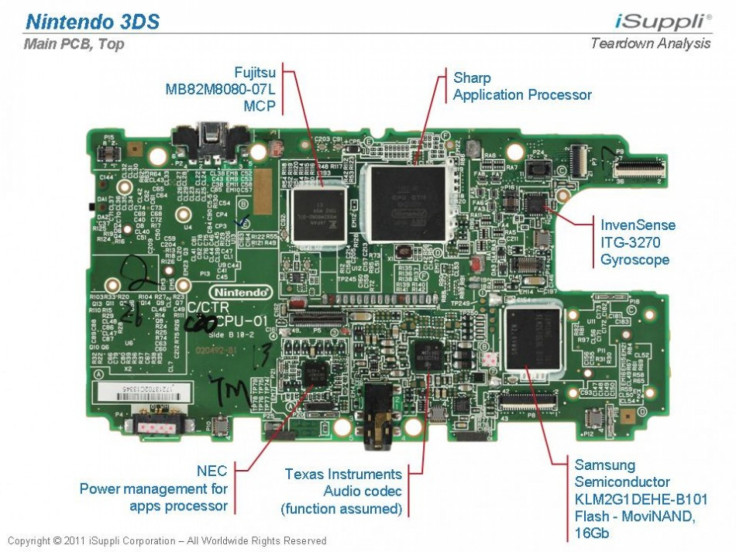Supplies of Nintendo 3DS may be at risk

Nintendo released its latest handheld game system, the 3DS to throngs of waiting people worldwide this past Sunday, and new analysis shows that the company stands to make almost $150 per each unit sold.
But the company sources most of its components from other Japanese manufacturers, leaving it particularly vulnerable to the effects of the devastating earthquake and tsunami that ripped through the country earlier this month.
As an example, Nintendo chose to load its new portable device with 512Mbits of fast cycle random access memory (FCRAM), which IHS believes to be a proprietary technology of Japan's Fujitsu.
As a rule, most electronic system designers employ memory products that are available from multiple sources in order to reduce supply risk and to guarantee the best pricing, said Rassweiler said. However, Nintendo's decision to buy the device from sole-source Fujitsu adds supply chain risk, and limits Nintendo's capability to drive costs down on a major component.
Nintendo also uses a 2D and 3D display is from Sharp Corp., another Japan-based company. Several key chips inside are also based on Japanese technology, including and application processor from Sharp and power management processors from NEC.
The battery, however is from South-Korea's Samsung.
The original DSi battery was a mere 840 milliampere-hour (mAh) model, while the device in the 3DS is labeled a 1300mAh device, making for long lasting power.
The Japan-based company, whose growth has been flagging, is hoping for a splash as it launches the Nintendo 3DS, the first device to offer 3D gaming without special glasses.
The environmental woes stemming from the disaster have results in logistical and power challenges for many Japanese industries.
© Copyright IBTimes 2025. All rights reserved.




















